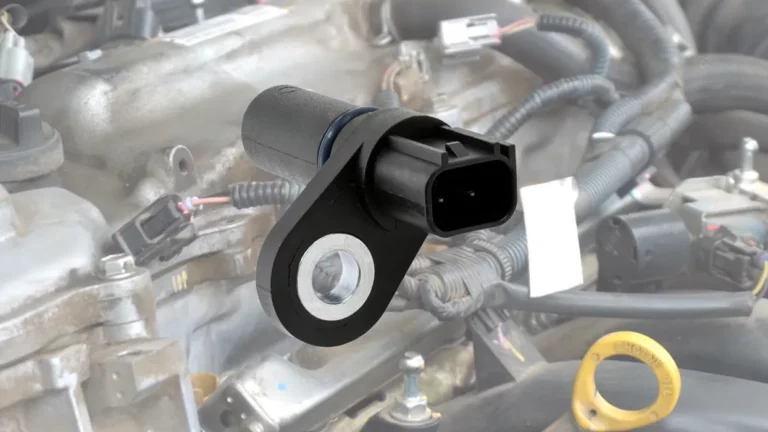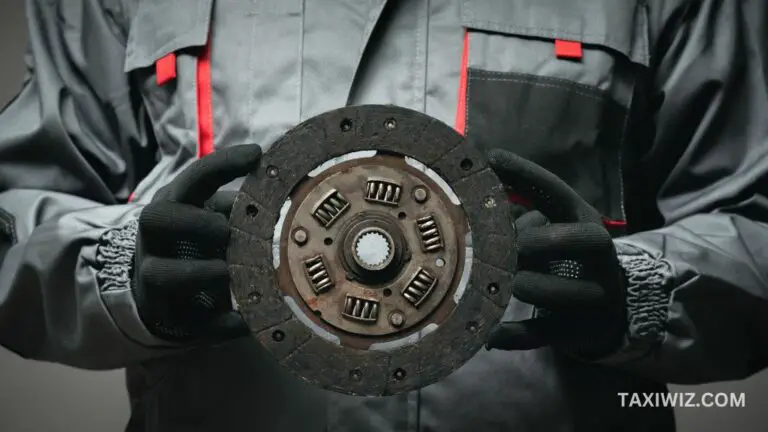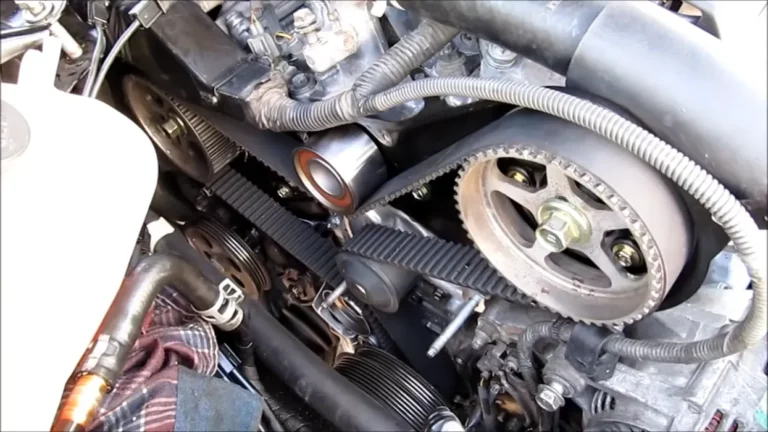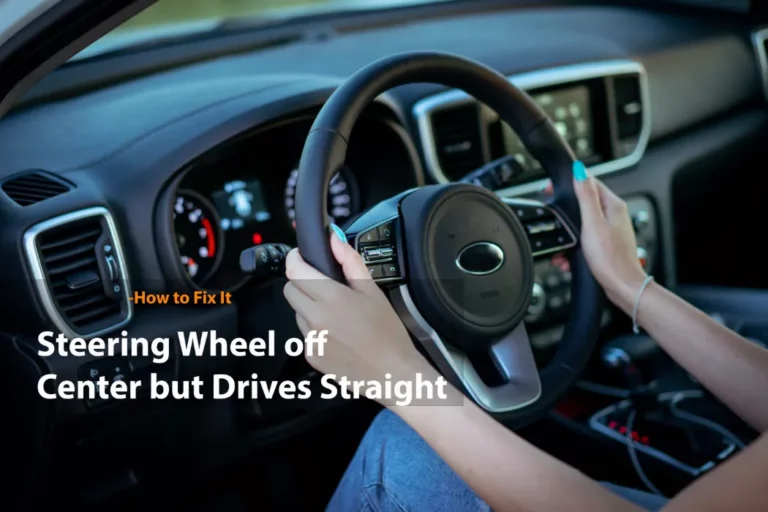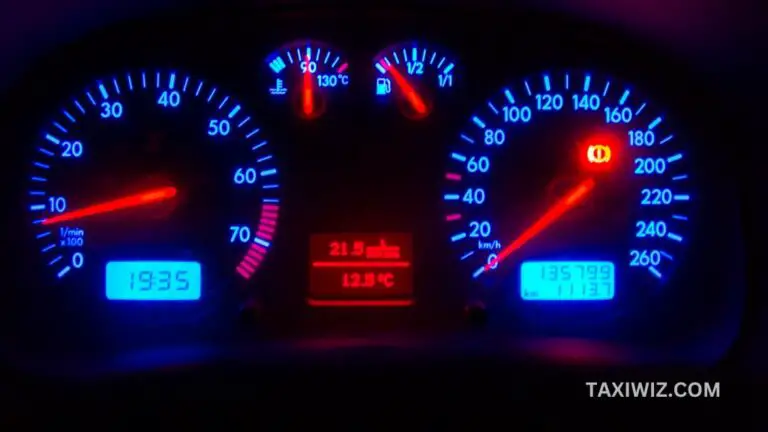Will Check Engine Light Come On For Low Oil?
While insufficient oil might cause the check engine light to flash in some cars, it is not common. Modern automobiles are outfitted with a complex network of sensors and computer systems. Each with its own function and set of triggers. However, will check engine light come on for low oil?
The check engine light isn’t always caused by low oil levels. In truth, this small warning light monitors an array of parameters within your vehicle’s complex systems.
There are a plethora of reasons for the check engine light to come on. This ranges from exhaust pollutants to transmission issues.
So, what should you do if your vehicle displays the dreaded check engine light? The answer is simpler than you would imagine. And that is what we will discuss in the article below.
Understanding the Check Engine Light
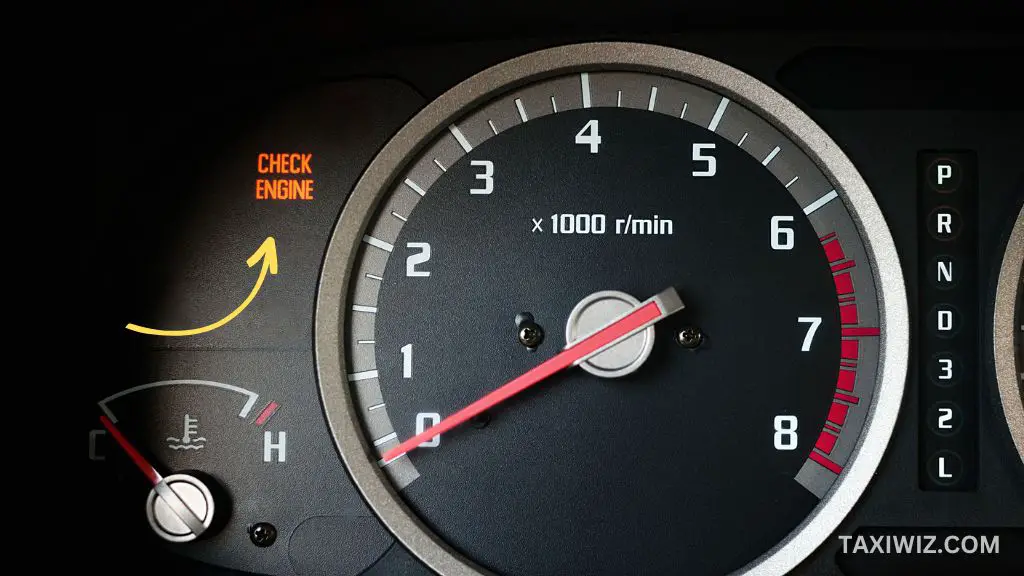
The malfunction indication lamp (MIL), commonly referred to as the check engine light (CEL), is an essential part of your car’s onboard diagnostics system. Its main function is to warn you.
Whenever the engine control module (ECM) notices a potential issue with the performance or emissions of your car, it goes off. It’s your car’s way of telling you something needs to be fixed.
What Does the Check Engine Light Indicate?
The check engine light indicates potential issues with your car’s performance or emissions. It can signal problems like faulty oxygen sensors, loose gas caps, failing catalytic converters, malfunctioning mass airflow sensors, or issues with the emission control system.
How Does the Check Engine Light Function?
The check engine light functions by monitoring the car’s onboard diagnostics system. It is connected to sensors and the engine control module (ECM).
When the ECM detects a potential problem with the vehicle’s performance or emissions, it triggers the check engine light to light up. This signals the need for attention.
Differentiating Between the Check Engine Light And Other Warning Lights
The oil pressure light indicates low oil pressure, the battery light signifies a problem with the charging system, and the ABS light relates to the anti-lock braking system. Unlike other lights, such as the oil pressure or battery warning lights, the check engine light typically features an engine-shaped symbol.
Will the Check Engine Light Come On for Low Oil?
Oh yes! It will beam right up! Your oil level or pressure will be below permitted levels, long before your Check Engine Light (CEL) illuminates.
Your car either has an idiot light that indicates low oil pressure or low oil levels, an oil pressure gauge, or, if you have a very fancy newer car, a digital display that shows both the oil pressure and level.
Unfortunately, if it happens, your engine will have minutes before destroyed. If you don’t stop driving right away, the engine will undoubtedly seize up. This will cause the car to slow down quickly as it will no longer be able to run.
However, like with all things automotive – the check engine light only tells you that a code was tripped. It won’t tell you exactly what code was tripped.
Related article >> Check Engine Light Comes On And Off
Check Engine Light Illumination – Steps To Get Error Codes
You can check these codes with a scanner and without a scanner. But the later is next to impossible in modern cars. The methods are discussed below:
Checking Codes With a Scanner
Get an OBD-II scanner, a diagnostic instrument that can read error codes from your car’s onboard computer. Then plug it into the OBD-II port. The OBD-II port is typically found underneath the dashboard, next to the steering wheel.
Connect the OBD-II scanner to the port. Make sure that the ignition is turned on, but the engine is not running.
Follow the instructions provided by the scanner to initiate code retrieval. The scanner will communicate with the vehicle’s computer and display the error codes.
The scanner will output alphanumeric codes that represent particular problems. Write down the error codes for future reference. You can use the scanner to reset the check engine light and delete the codes if you have fixed the problem or wish to see if it returns.
Find out more about how to operate the scanner here.
Checking Codes Without a Scanner
You can’t unless your car has the very old OBD1 or ALDL (assembly line diagnostic link) system. In this system, you can bridge a couple of the terminals out to get the check engine light to flash the 2-digit problem codes.
The older Nissans had either a single or double LED system that flashed a two-digit error code. You would need a screwdriver to put the ECU into diagnostic mode.
Read also >> What To Do When Check Engine, VSC, And Trac Off Warning Light Comes On?
Preventive Measures to Avoid Low Oil and Check Engine Light
Make it a practice to check the oil level in your car at least once every month. Preventing engine damage and maintaining appropriate lubrication both benefit from routine oil changes.
Inspect your vehicle’s engine, oil pan, and other components for any signs of oil leaks. Address any leaks promptly.
Be sure to change the oil filter while changing the oil. Engine issues might result from a blocked or dirty oil filter that restricts oil flow.
Use the correct oil-filling technique to make sure the oil is not overfilled or underfilled. Driving aggressively, idling too much, or driving at a continual high speed can strain the engine and use up more oil.
Regularly clean your car’s engine and ensure that debris and dirt do not accumulate around crucial engine components.
Keep an eye out for any unexpected engine noises, odors of burning oil, or changes in performance. These can be signs of underlying problems that need attention.
Will Check Engine Light Come On for Low Oil?- (FAQs)
Can low oil cause engine damage?
Yes, low oil levels can lead to engine damage. Oil is essential for lubricating and cooling the engine components.
How often should I check my oil level?
It is recommended to check your oil level at least once a month or before long trips.
What are the symptoms of low oil in a vehicle?
Common symptoms of low oil include engine overheating, increased engine noise, oil pressure warning light illumination, sluggish performance, and oil leaks.
Is it safe to drive with the check engine light on?
No. Driving with the check engine light on is not recommended.
Should I rely on error code readers to diagnose check engine light issues?
Yes. Error code readers or OBD-II scanners can provide valuable diagnostic information about the check engine light issues.

